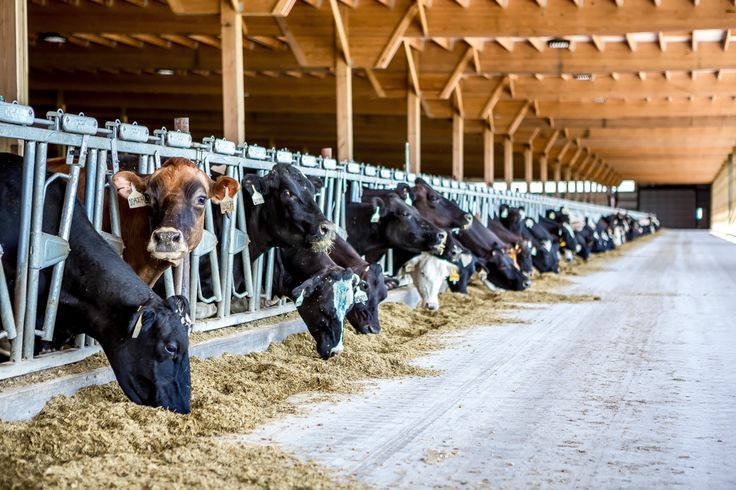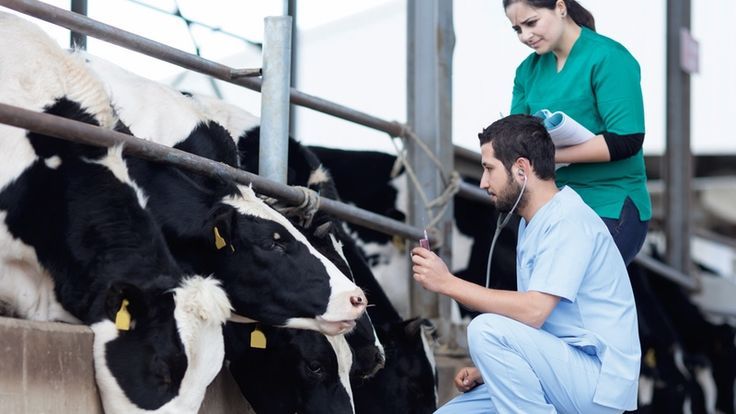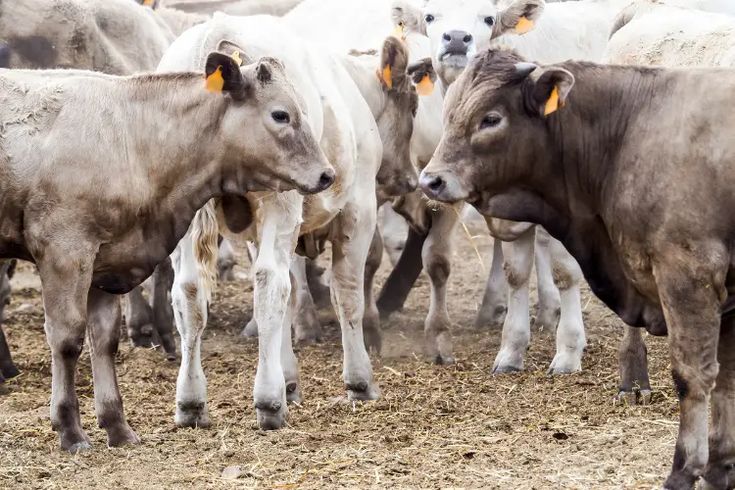Weight gain is a critical performance indicator in beef cattle production, directly influencing profitability. Various factors impact the rate of weight gain, and understanding these can help farmers implement strategies to optimize growth and achieve market-ready cattle efficiently. Below are the key factors affecting beef cattle weight gain.
1. Nutrition and Diet Quality
The quality and composition of a cattle’s diet are the primary determinants of weight gain. Diets rich in energy, protein, and essential nutrients are crucial for rapid growth. High-quality forage, supplemented with grains or concentrates, ensures the cattle receive adequate calories. Nutritional deficiencies or poorly balanced diets can slow growth and reduce feed efficiency.

2. Breed and Genetics
Genetics play a significant role in determining growth potential. Some breeds, such as Charolais and Limousin, are known for their superior growth rates and feed conversion efficiency. Crossbreeding programs can further enhance growth traits by combining desirable characteristics from different breeds.

3. Health Status
Healthy cattle gain weight more consistently. Illnesses, parasite infestations, or chronic stress can lead to poor feed intake and weight loss. Regular veterinary care, vaccinations, and parasite control are essential to maintain optimal health and ensure steady growth.

4. Environmental Conditions
Extreme temperatures and poor housing conditions can negatively impact weight gain. Cattle in hot climates may eat less due to heat stress, while cold environments increase energy expenditure for body heat maintenance. Providing adequate shelter, shade, and ventilation helps create a comfortable environment conducive to growth.
On a similar note, at Kimd Group of Companies, we support beginner farmers by offering tailored business proposal writing services and design plans for various animal capacities. Therefore whether you’re just starting out or looking to expand, we provide the resources and expertise to help you succeed in the farming industry.
5. Age and Growth Stage
Cattle gain weight at varying rates throughout their life. Younger cattle, especially during the weaning and yearling phases, tend to grow faster due to their higher feed efficiency. As they approach maturity, growth rates slow down, with more energy diverted to fat deposition rather than muscle development.

6. Feedlot Management Practices
Efficient feedlot management directly impacts weight gain. Factors such as consistent feeding schedules, clean water availability, and reduced competition at feeding points contribute to better growth rates. Monitoring feed intake and adjusting rations as cattle grow ensures they meet their nutritional needs.
7. Stress and Handling
Stress reduces feed intake and impacts weight gain negatively. Rough handling, overcrowding, or frequent transport can lead to stress and subsequent weight loss. Implementing low-stress handling techniques and ensuring adequate space in feeding and resting areas help maintain steady growth.

Conclusion
Weight gain in beef cattle is influenced by a combination of genetic, nutritional, environmental, and management factors. By addressing these areas comprehensively, farmers can optimize growth rates and achieve efficient production. A focus on balanced nutrition, proper health care, and minimizing stress ensures that cattle reach market weight quickly and cost-effectively.
